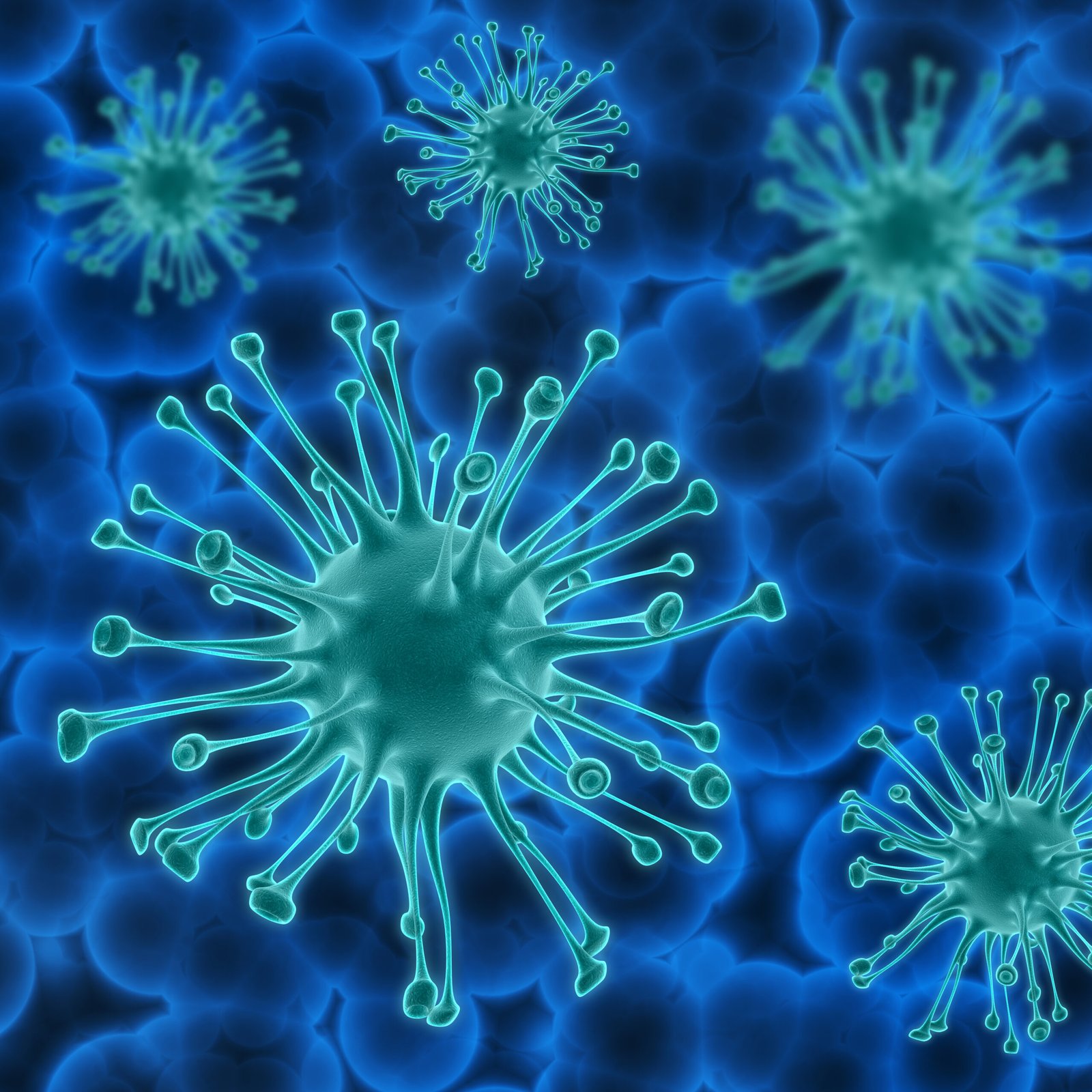A new study by the CDC reveals which foodborne pathogens are making Americans sick and how many people end up in the hospital or die. This study highlights the importance of advanced diagnostics in understanding the risks associated with foodborne diseases.
1.Background of the Study
The Centers for Disease Control and Prevention (CDC), in collaboration with the Colorado School of Public Health, recently published a report on foodborne illnesses. The report estimates the number of illnesses, hospitalizations, and deaths caused by seven key foodborne pathogens in the U.S. in 2019. This information was shared in the CDC’s journal, Emerging Infectious Diseases.
Foodborne illnesses are usually reported to public health departments. However, not all patients seek medical help, which makes it challenging to get an accurate count. To address this, the CDC adjusts its data to account for underreporting. The CDC’s most recent estimates are based on new diagnostic methods and better data collection, compared to the last report in 2011.
2.Key Pathogens Studied
The study focused on seven main foodborne pathogens that cause illnesses, hospitalizations, and deaths in the U.S. These include:
Campylobacter spp.
Clostridium perfringens
Listeria monocytogenes
Norovirus
Nontyphoidal Salmonella
Shiga toxin-producing Escherichia coli (STEC)
Toxoplasma gondii
These pathogens were responsible for the majority of foodborne illnesses in 2019.
3.Study Findings
The study found that in 2019, these pathogens caused about 9.9 million foodborne illnesses in the U.S. In addition, there were 53,300 hospitalizations and 931 deaths linked to these illnesses.
Norovirus was the leading cause of foodborne illnesses, followed by Campylobacter spp., nontyphoidal Salmonella, Clostridium perfringens, STEC, and Listeria monocytogenes.
Norovirus also led to the most hospitalizations, with an estimated 22,400 hospitalizations per year.
Nontyphoidal Salmonella was responsible for the most deaths (238 per year), followed by Campylobacter spp., norovirus, Listeria, STEC, Toxoplasma, and Clostridium perfringens.
Listeria was especially concerning as it caused severe outcomes, with 166 deaths among infants from non-pregnancy-related infections and 6 deaths from pregnancy-related infections.
4.Significance of the Study
This study reveals that foodborne illnesses continue to be a major public health issue. In 2019, the estimated numbers of illnesses, hospitalizations, and deaths were higher than in the previous report from 2011. This increase may be due to improved diagnostic methods, such as culture-independent diagnostic tests (CIDTs), which help detect pathogens that might have been missed in the past.
CIDTs have helped identify more pathogens, including non-O157 STEC, which were harder to detect before. Additionally, the CDC adjusted its estimates for underreporting, considering various factors like illness duration, travel history, and age.
5.Limitations of the Study
While the study offers valuable insights, it has some limitations:
Expert Judgment: The study relied on expert judgment to estimate the percentage of foodborne illnesses. This approach could introduce bias, though it provided consistency across all pathogens.
Travel-Related Illnesses: The study also included data on travel-related illnesses, but international travel can lead to overestimating the number of cases.
Data Quality: The data used in the study came from various sources, some of which may not fully represent all cases. For example, Clostridium perfringens data was mainly from outbreak cases, which may not capture all illnesses.
Underreporting of Certain Pathogens: Some pathogens, like Toxoplasma gondii, were not included in illness estimates because their symptoms are often mild or asymptomatic. Listeria infections may also be underreported, especially when it comes to early miscarriages.
6.Conclusion
This CDC report underscores the need for improved diagnostics and surveillance to better understand and prevent foodborne illnesses. The higher estimates in 2019 show that progress is being made, but challenges remain in accurately capturing all cases. Public health authorities can use this information to allocate resources more effectively and protect public health.
Source:By Dr. Sanchari Sinha Dutta, Ph.D.
Date:Mar 25,2025




